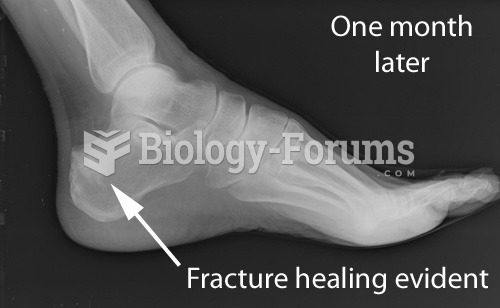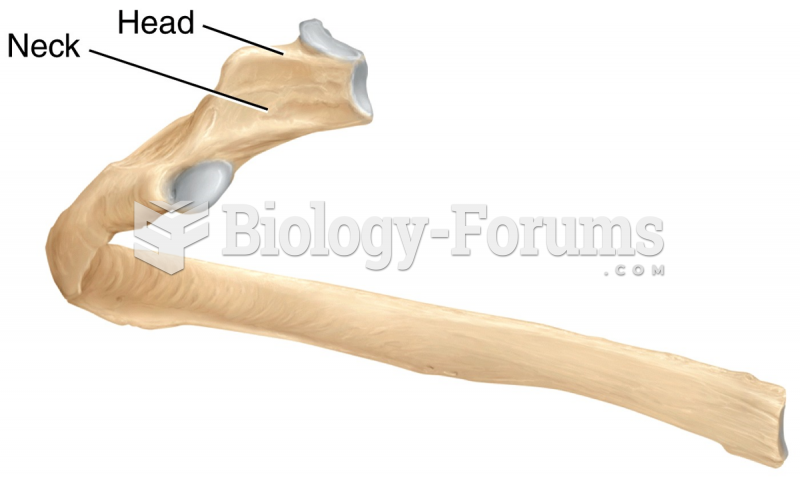|
|
|
Historic treatments for rheumatoid arthritis have included gold salts, acupuncture, a diet consisting of apples or rhubarb, nutmeg, nettles, bee venom, bracelets made of copper, prayer, rest, tooth extractions, fasting, honey, vitamins, insulin, snow collected on Christmas, magnets, and electric convulsion therapy.
On average, someone in the United States has a stroke about every 40 seconds. This is about 795,000 people per year.
People with high total cholesterol have about two times the risk for heart disease as people with ideal levels.
Complications of influenza include: bacterial pneumonia, ear and sinus infections, dehydration, and worsening of chronic conditions such as asthma, congestive heart failure, or diabetes.
In 2010, opiate painkllers, such as morphine, OxyContin®, and Vicodin®, were tied to almost 60% of drug overdose deaths.
 Calcium metabolism in osteoporosis: (a) bone deposition equals bone resorption; (b) bone resorption ...
Calcium metabolism in osteoporosis: (a) bone deposition equals bone resorption; (b) bone resorption ...
 Edentulous patient with pieces of bone that became necrotic and continued to slough off after tooth ...
Edentulous patient with pieces of bone that became necrotic and continued to slough off after tooth ...





